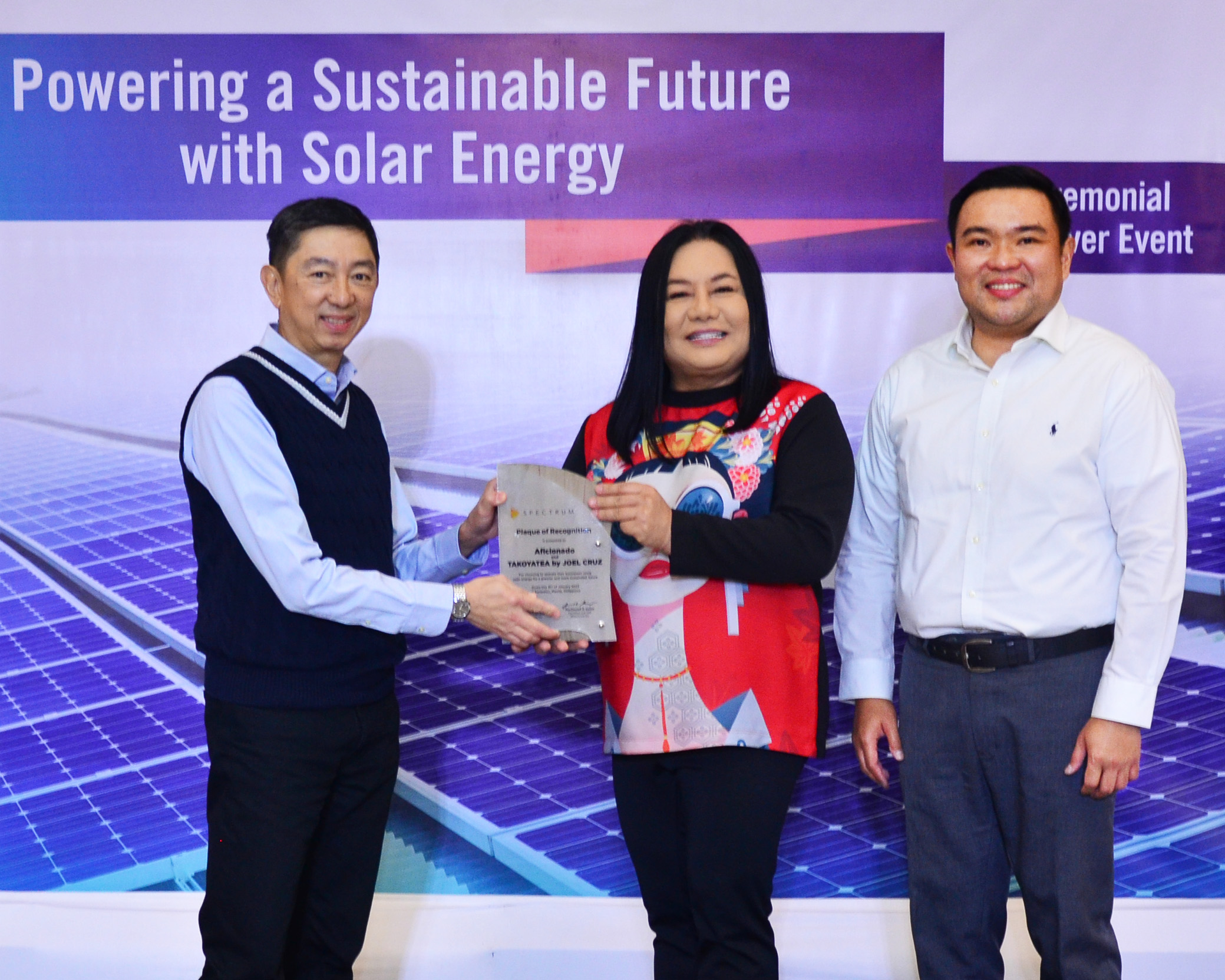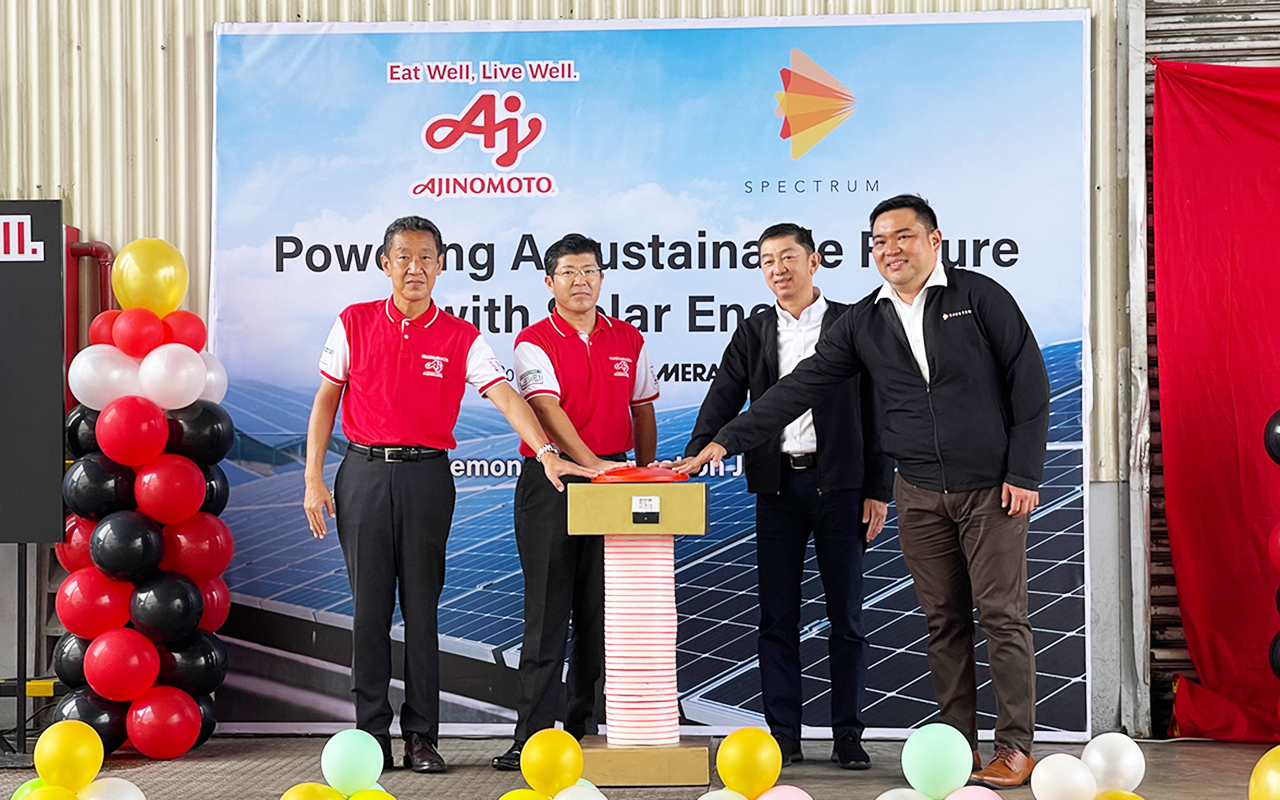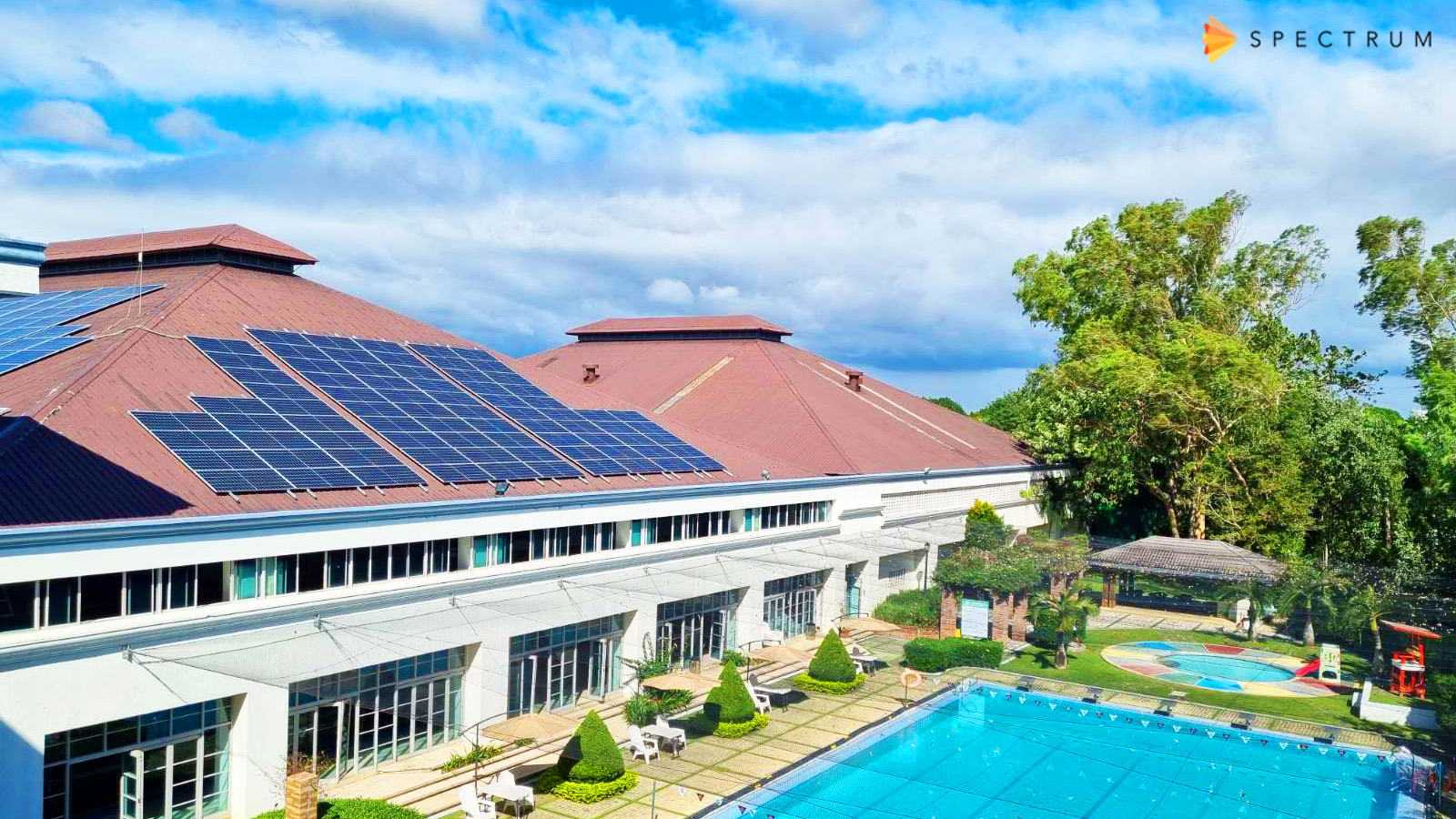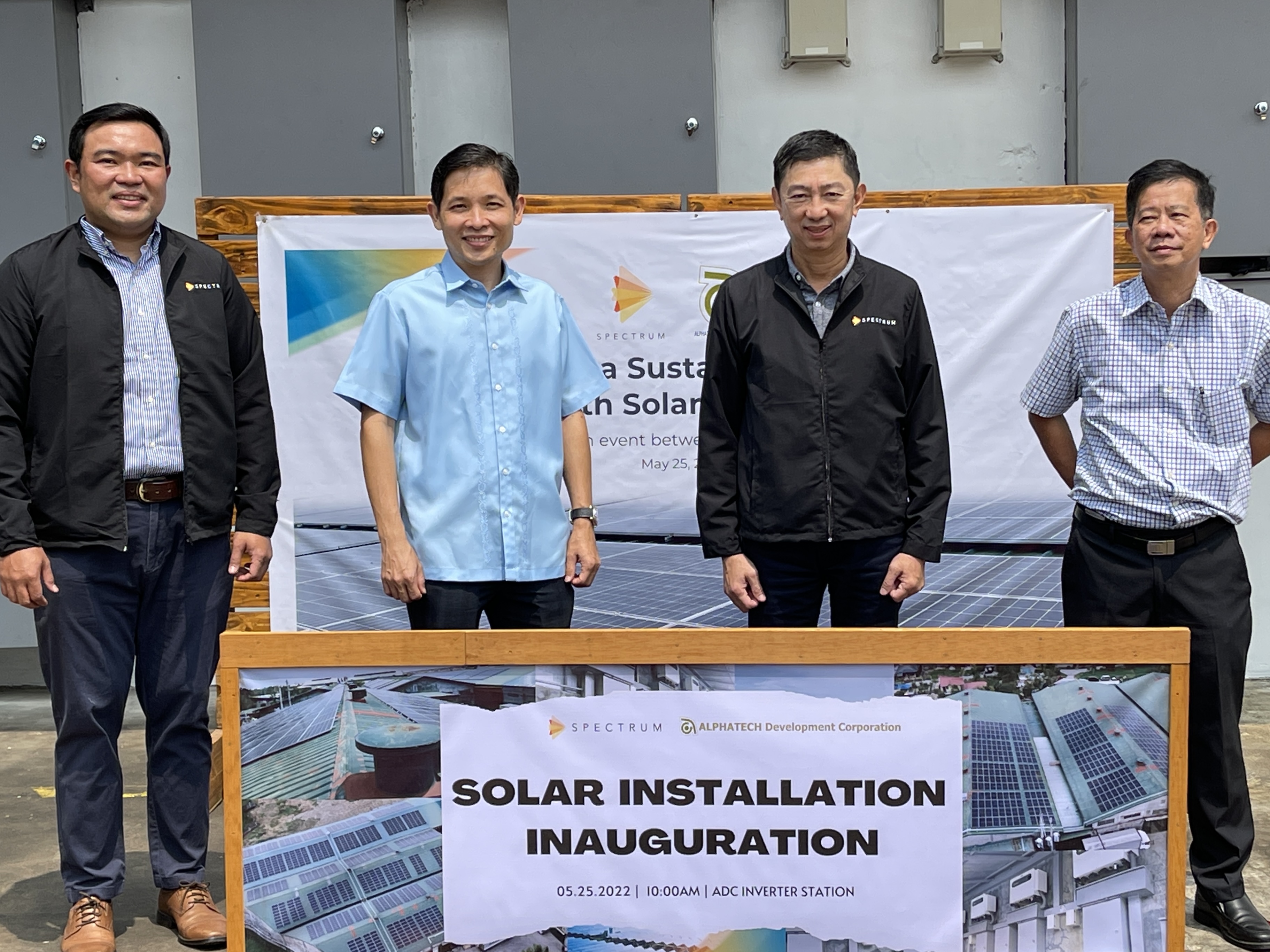Solar 102: The Solar Panel
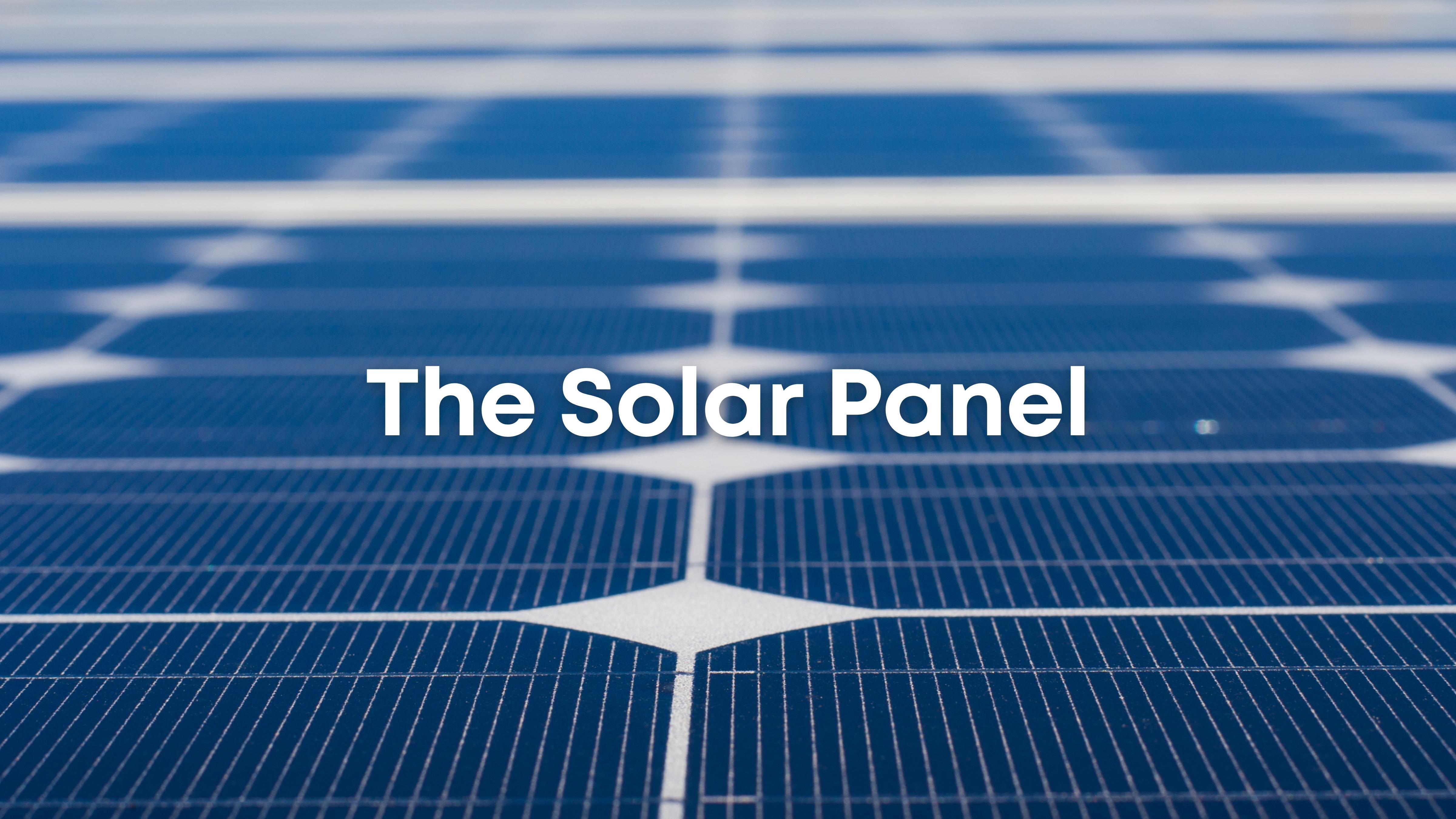
Interest in solar panel systems has been rising for the past several years. With the technology of renewable energy entering a phase of peak innovation, the development of better, more efficient components is just around the corner.
Today, our focus will be on the Solar Panel – the face of a solar installation. It is the first thing that people will notice about a solar system solely because it is the most visible component. To put it simply, the solar panel collects sunlight which in turn is converted into electricity through the rest of the system. As the most visible part, it is also the most vulnerable to external factors such as harsh weather, changing temperatures, and stray debris like dust and sand.
Because of how solar panels are usually placed in very exposed places, it is manufactured in a way that should withstand decades of exposure while protecting the core of the panel safe. To better understand what makes it so durable, take a look at the parts of a solar panel.
Parts of a solar panel
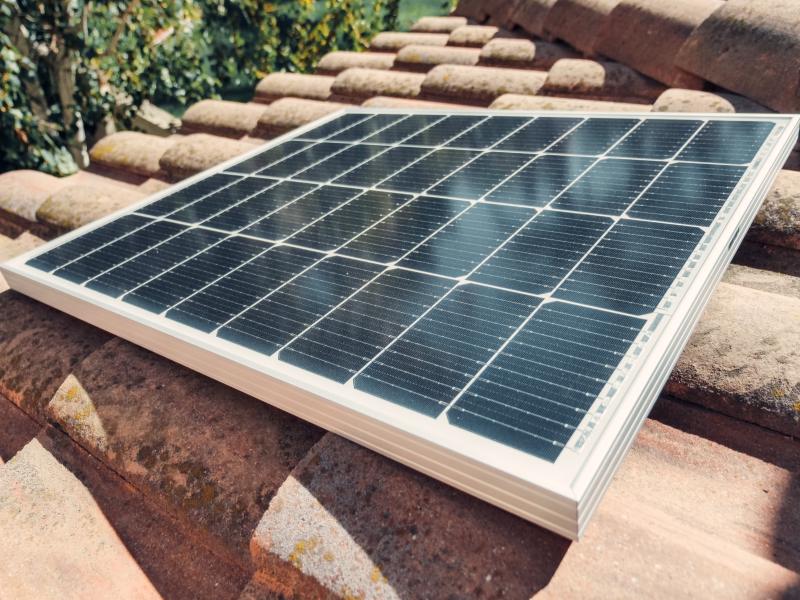
Aluminum Frame
Starting from the component that holds everything in place, the aluminum frame is essentially the whole body of the solar panel. It protects all the components within and keeps them fitted tightly together.
The frame is designed to be extremely lightweight and rigid. It should withstand high levels of stress put on to it by strong winds and other external factors.
It’s also worth noting that there are different ways for the aluminum frame to clamp together the = components of a solar panel. They can be screwed together, pressed together, or simply clamped together—each of which provides different levels of strength.
Tempered Glass
The first layer at the top of a solar panel is a sheet of tempered glass. It is the main protection that solar panels have against physical debris and harm, as well as temperature changes. The glass layer used needs to be very durable and be designed to be extremely resistant to physical damage.
The main advantage of tempered glass to normal glass is that should there be any impact that is enough to break it, it will shatter into tiny fragments instead of what typically would be sharp shrapnel if it were ordinary glass.
EVA Film
EVA or Ethylene Vinyl Acetate is a specially designed highly transparent polymer that serves as a clear layer encapsulating solar cells. This holds them in place during the manufacturing of the panel. High-quality EVA film also serves as extra protection as these are usually very robust and resistant to extreme temperature and humidity. The film also protects from water that might slip thru the tempered glass, and shock absorption against impacts on the external parts, mostly from the side of the tempered glass.
The EVA film encapsulates the whole solar cells. That means even the underside where interconnecting wires are also protected. All in all, the quality of the EVA film greatly influences the life of the solar panel.
Solar PV Cells
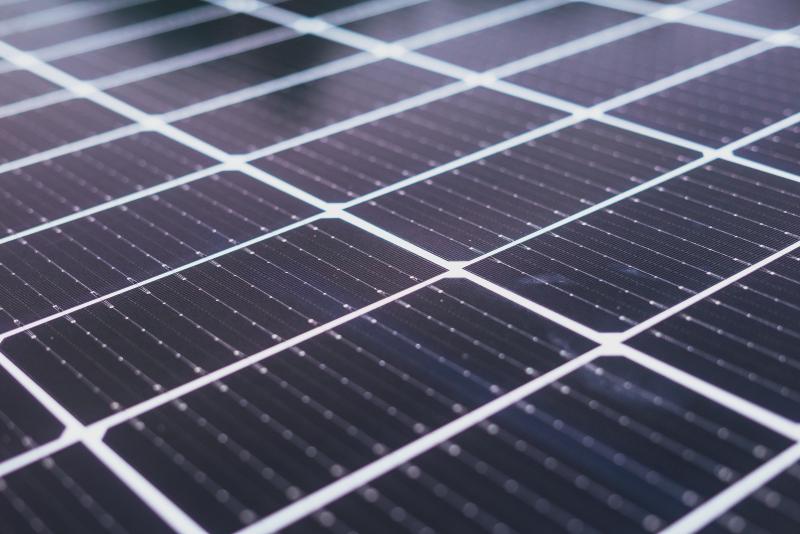
The main component of solar panels is the photovoltaic cells that convert sunlight into DC electricity. The PV cell’s performance is largely based on the type of cell used. Although these cells are mostly made of silicon, there are still two main distinctions: Monocrystalline and Polycrystalline.
Monocrystalline cells are single crystals with a continuous internal structure. These cells demand more resources when being manufactured. This leads to slightly higher efficiency but also a small increase in its cost.
Polycrystalline cells, also known as multi-crystalline are made up of multiple crystals. In general, they are easier to manufacture making them cheaper than monocrystalline cells at the cost of efficiency and performance. However recent advancements in the solar space have found ways to develop polycrystalline panels that are comparable to monocrystalline ones at a slightly cheaper price.
Aside from the 2 main types of solar PV cells, there is also a difference in cell sizes and how they are laid out on the panel. The cells can either be half-cut or split cells, multi-busbar, or shingled cells.
Backsheet
As its name suggests, the back sheet is the rearmost layer of solar panels. They act as a layer of protection from moisture and as the final cover that provides physical protection and electrical insulation.
The backsheet is usually made of various polymers or plastics. It adds different levels of protection, thermal stability, and long-term UV resistance based on the material used.
Junction Box
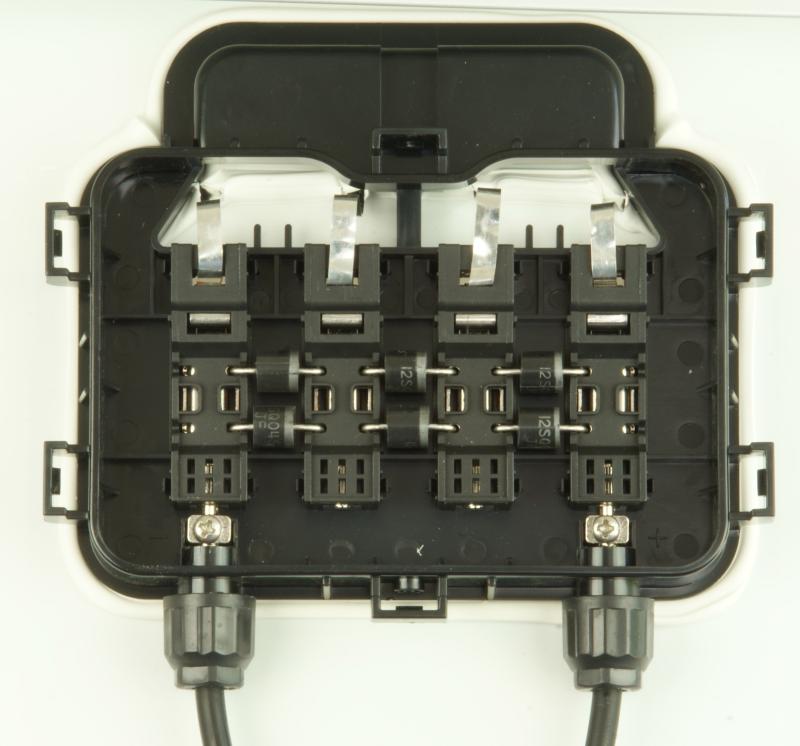
At the very bottom of the panel, a small weather-proof case can be found. This junction box is where the cables that interconnect the panels can be found. It is where all the PV cells are interconnected. It also houses the majority of the electrical connections of the panel. The weather-proof case is then designed to fully protect what’s inside from moisture, dirt, and other potential debris that can harm the sensitive components within.
Among the parts inside the junction box are the bypass diodes. These prevent the back current that happens when some of the cells are shaded or filthy. These diodes only allow current to flow in one direction. Modern bypass diodes are designed to reduce heat and increase the overall lifespan of the solar panel.
Lastly, an external part that would almost always be found in a solar system are the MC4 connectors. MC4 stands for multi-contact 4mm diameter connectors, and they are used to connect solar panels. These connectors need a special crimping tool to fully secure the multi-strand cable to the inner terminal.
These are the basic parts of a solar panel. The majority of the solar panels in the market nowadays follow the same distribution and function of components—with some variations in between. This kind of design is currently the most optimal considering durability, efficiency, and cost. As the star of the solar system, solar panels are developed with care and designed to have an extremely long lifespan while enduring the test of time.
When looking for a solar installation, you don’t need to fully dissect the solar panel, but you do need to make sure that what you’re getting is from a reputable brand. Tier 1 solar panels are considered as such because they set the standard for quality, durability, efficiency, and overall performance when it comes to PV modules. Keep these in mind when getting your solar installation!
Share this article:




